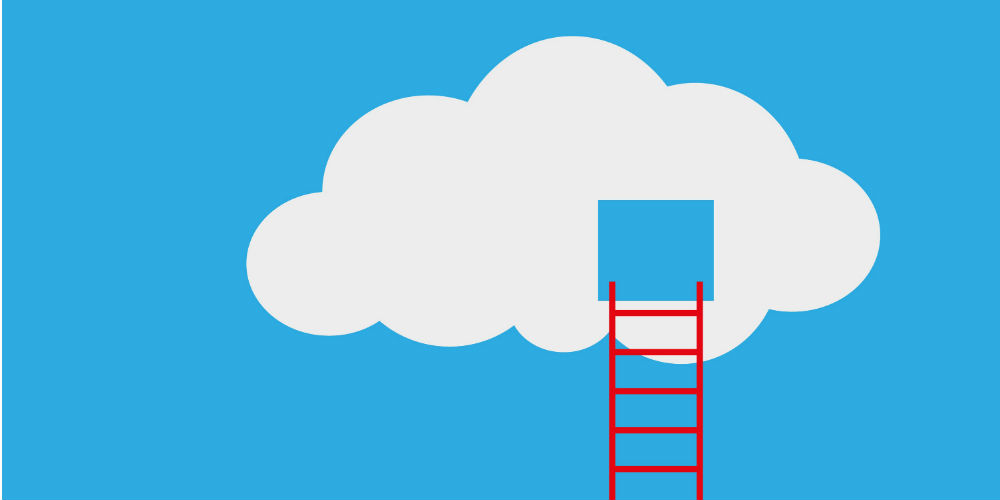
Businesses across all industries are increasingly abandoning legacy telco providers in favor of cloud-based contact centers as-a-service solutions that are better equipped to deliver modern voice and messaging services.
The CCaaS model, which relies on software-based communications services versus on-premises hardware and infrastructure, often delivers modern business voice and messaging services more efficiently and at a lower cost than traditional service providers.
Despite their best efforts to innovate, landline telco providers remain plagued by customer complaints over inadequate and impersonal customer support, limited network scalability to manage contact center-specific call volumes, and increasingly high costs.
For organizations that rely on contact centers to field customer inquiries and manage customer service issues, any disruption in network connectivity can lead to a loss of business and a tarnished reputation. Reliable service and premium voice quality are vital.
Industry analyst Zeus Kerravala notes, “Over the next few years, the contact center industry and businesses will go through a massive transition in a move from on-premises to the cloud-based contact centers. Businesses need to do their homework and pick the product or service that's right for their needs.”
Additionally, ResearchandMarkets forecasts the global cloud-based contact center market to grow from $6.8 billion in 2017 to nearly $21 billion by 2022, at a CAGR of 25.2 percent during the forecast period. Further, nearly a fourth (23 percent) of respondents to No Jitter’s 2017 Cloud Communications Survey have turned to CCaaS, and more than half (53 percent) of these respondents say the total cost of ownership is lower than expected.
One of companies that made the switch to cloud-based communications is USA Contact Point, which provides customer service and other call center services for several financial service and credit monitoring companies. It also maintains a bank of hundreds of toll-free customer service phone numbers and more than 200 contact center agents.
USA Contact Point realized it had a serious issue when its previous service provider was unable to scale its network to accommodate high traffic requirements, creating a bottleneck of inbound calls.
In addition to the technical challenge this presented, this also created a risk to the company’s reputation. The limited incoming channels caused calls to be dropped, which made for angry customers. And that ultimately strained USA Contact Point’s customer relationships and its reputation.
After testing a cloud-based communications solution that did not limit the number of inbound channels, USA Contact Point ended up porting more than 400 toll-free numbers and consolidated its list of providers down to just one. Having the ability to manage numbers easily through an online portal made adding and routing new numbers a fast and simple process. The online portal also enabled USA Contact Point to transition its system to updated servers without the need for external support from the service provider.
CCaaS offerings allow businesses to reliably connect their end users to distributed call center locations, as well as manage the system locally through a web-based portal. In addition, CCaaS offers benefits including the following:
Al Castle is vice president of product & engineering at Flowroute, a West company.